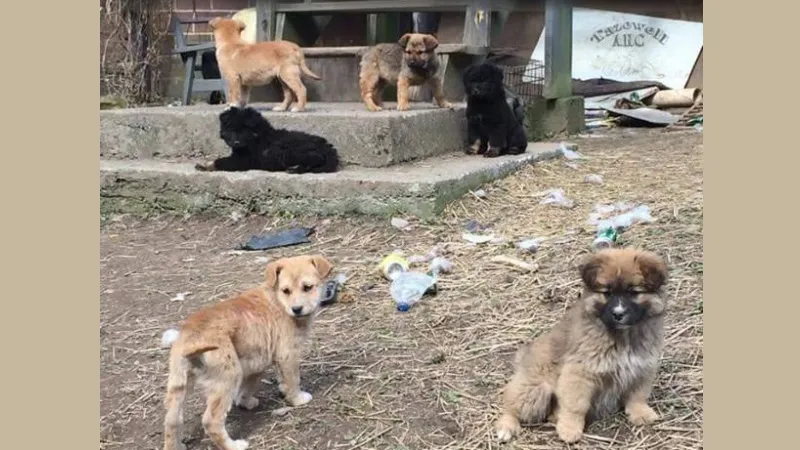
As the director of a rescue organization in a region plagued by horrific conditions for animals and high kill shelters, I have something on my mind. We have struggled for years for funding, for help from other agencies out of the area including all the major national ones like the ASPCA, the HSUS, and Best Friends. Not once have we been approved for grants and these “major” organizations have never stepped in to help us solve the issues that local animals face.
Worse yet is the decreasing likelihood of finding out-of-state help in placing the surplus of animals we contend with every day. One estimate suggests that the ratio of unwanted pet to available home here in Central Appalachia is 26:1. This, along with a very high average return rate, is one of the key reasons we don’t focus on local adoption. The community here just isn’t taught to treat animals like family, to spay and neuter, to make sure they get regular veterinary care. That may happen with time and intensive efforts to educate, but now the situation for local animals is nightmarish. It’s comparable to the situations we see for animals in Third World countries.
A few days ago, I wrote to a New England humane society in hopes they could help me place two dogs who need more socialization. The response I received was disheartening. I’ve heard this before, but this time I have to speak up, to wonder out loud how many “humane organizations” or “rescues” are really doing the job they were established to do.
Regrettably, I am uncertain of any other local rescues or shelters that would transport dogs with little to no socialization.
Losing Sight of Purpose
So, then, if a shelter must “cherry pick” only the most adoptable and "socialized" candidates for intake, are they a rescue or a puppy store? And what about the organizations on the front lines of rescue, the ones who have little choice in the animals dumped on them by an uncaring community? What are we supposed to do with the dogs nobody will take? Destroy them? Become the very type of killing industry we stand against?
If one of the “secrets” of No-Kill sheltering is controlled intake, what do the experts suggest we do with the difficult dogs? Put them all in little pens and just hoard them? I’ve never received a satisfactory answer for this, not from a single No-Kill advocate or agency in existence. Even Nathan Winograd refused to acknowledge the question when I asked it of him on a public social media page. Adding insult to injury is that not only do these “successful” No-Kill shelters get credit in the media because of the pretty numbers they report, they also receive a lion’s share of available grant money and funding. This leaves front-line rescues like mine at the mercy of a community that doesn’t think there’s a need to save animals in the first place. And believe me, that doesn’t bode well for the future of animal welfare in underserved regions of the U.S.
Shoved Out
Based on what I’ve seen, I believe that traditional rescue is a thing of the past. We’ve been shoved out by larger, more aggressive organizations that are ruthless in presenting impeccable statistics, often at the expense of animal lives. These types of programs may suffice in metropolitan areas and more progressive areas of the country. But they don’t work in poverty-stricken, rural areas like Central Appalachia. And sadly, none of the major animal welfare organizations or even the smaller No-Kill organizations want to talk about solutions for this problem. In fact, they don’t even want to acknowledge the problem exists.
Until some sense can be made of the No-Kill mess, I’m tapping out. I’m exhausted. TARC will still exist, but our main focus has to be fundraising for spay/neuter programs, not hands-on rescue. We simply can’t afford to clean up everyone else’s mess anymore. We still have dogs in sanctuary that we have to care for, since the groups that get all the grants can’t be bothered to take them. Maybe some day things will change. Let’s hope so, for the sake of the innocents who had no say in the fact that they ended up in rescue to start with.